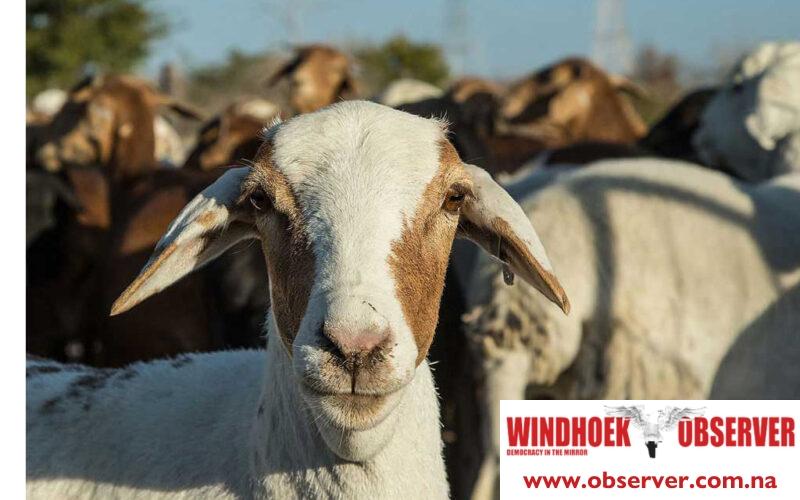Namibia exported ‘live sheep, meat and sheep products’ valued at N$97,3 million in March which was mostly destined to South Africa.
Over the entire period (March 2023 to March 2024), the value of ‘live sheep, meat and sheep products’ exported averaged N$72,5 million with the largest value of N$ 118,4 million recorded in April 2023 and the lowest value recorded in January 2024 at a value of N$32,6 million.
On the demand side, Namibia imported ‘live sheep, meat and sheep products’ valued at N$ 200 000 during the month was mostly sourced from South Africa, the Namibia Statistics Agency said.
In terms of overall exports, Namibia’s exports stood at N$8,3 billion and imports at N$12,8 billion, resulting in the country’s trade deficit of N$4,5 billion.
Exports increased by 36,5% from N$6,1 billion recorded in February 2024. Additionally, a decrease of 18,6% from N$10,2 billion registered in March 2023.
The import value increased by 27,9% when compared to the value recorded in February and increased by 2,9% when compared to the value of N$12.5 billion recorded in March 2023.
South Africa emerged as the country’s largest export destination, with a share of 20,6% of all goods exported, followed by Botswana with a share of 17,7%.
Furthermore, Zambia, France and Belgium formed part of Namibia’s top five export markets. The demand side saw South Africa maintaining her position as the country’s largest source for imports, accounting for 36,2% of total imports into Namibia followed by China in second position with 7,6% of the market share. Peru, Belgium and Bahrain also formed part of Namibia’s top five import markets.
In terms of regional composition, SACU emerged as the largest export market during the month of March contributing 38,3% to total exports. OECD ranked second with a market share of 31,4% while the EU accounted for 25,6% in third place. SADC excluding SACU absorbed 17,2% of Namibia’s total exports taking the fourth place and lastly COMESA came in fifth place with 15,4% of total exports.
On the demand side, SACU maintained its position as the largest source of Namibia’s imports with a share of 36,8% of the total import bill followed by the OECD with a contribution of 23,2% while the EU came third in the list with a share of 13,9%. BRIC and COMESA markets had shares of 13,1% and 4,1%, respectively.
Namibia’s trade by mode of transport revealed that in March 2024, vast goods were exported via sea transport, accounting for 40,1% of total exports, followed by air transport with 33,5% and road transport with 26,4%. From the demand side, road transport was the most frequent mode of transport accounting for 54,2% of total imports followed by sea transport with 40,8 % and air transport with 5%.




